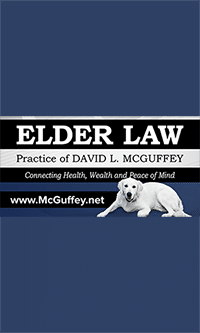Appendix PP provides the following guidance regarding a resident’s right to self-administer medications as provided in 42 C.F.R. §483.10(c)(7).
If a resident requests to self-administer medication(s), it is the responsibility of the interdisciplinary team (IDT) (as defined in §483.21(b), F657, Comprehensive Care Plans) to determine that it is safe before the resident exercises that right. A resident may only self-
When determining if self-administration is clinically appropriate for a resident, the IDT should at a minimum consider the following:
-
- The medications appropriate and safe for self-administration;
- The resident’s physical capacity to swallow without difficulty and to open medication bottles;
- The resident’s cognitive status, including their ability to correctly name their medications and know what conditions they are taken for;
- The resident’s capability to follow directions and tell time to know when medications need to be taken;
- The resident’s comprehension of instructions for the medications they are taking, including the dose, timing, and signs of side effects, and when to report to facility staff.
- The resident’s ability to understand what refusal of medication is, and appropriate steps taken by staff to educate when this occurs.
- The resident’s ability to ensure that medication is stored safely and securely.
Appropriate notation of these determinations must be documented in the resident’s medical record and care plan. If a resident is self-administering medication, review the resident’s record to verify that this decision was made by the IDT, including the resident. The decision that a resident has the ability to self-administer medication is subject to periodic assessment by the IDT, based on changes in the resident’s medical and decision-making status. If selfadministration is determined not to be safe, the IDT should consider, based on the assessment of the resident’s abilities, options that allow the resident to actively participate in the administration of their medications to the extent that is safe (i.e., the resident may be assessed as not able to self-administer their medications because they are not able to manage a locked box in their room,
but they may be able to get the medications from the nurse at a designated location and then safely self-administer them).
Medication errors occurring with residents who self-administer should not be counted in the facility’s medication error rate and should not be cited at §483.45(f)(1) F759 and §483.45(f)(2) F760, Medication Errors. However, this may call into question the judgment of facility staff in
allowing self-administration of medication for that resident.
Surveyors are instructed to:
Determine that facility staff have a process to demonstrate that the resident has taken the selfadministered medication.
-
- Ask residents if they requested to self-administer medications and if they received a response.
- How do staff determine if a resident is able to safely self-administer medications?
- If the interdisciplinary team has determined that the resident can safely self-administer medications, was this request honored?
If the interdisciplinary team was not involved in determining whether the self-administration of medications was clinically appropriate, cite here at F554. If other concerns related to care planning are identified, see guidance at §483.21, Comprehensive Person-Centered Care Planning.


